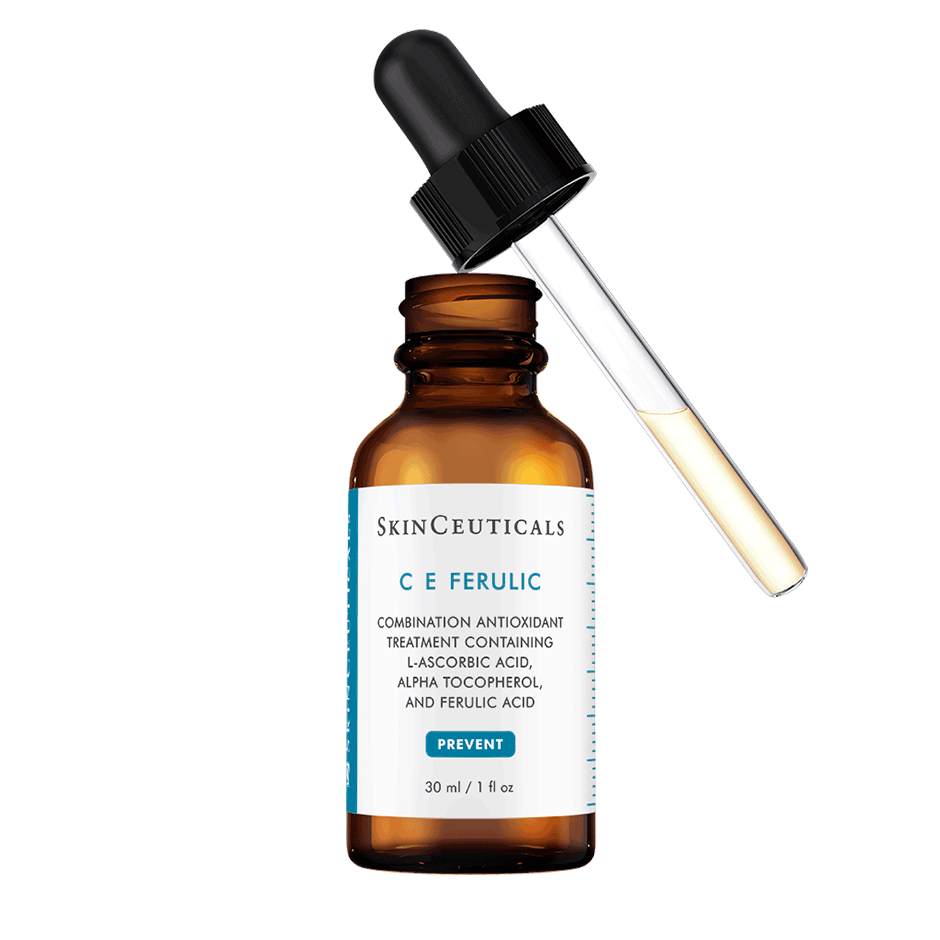Rosacea is a common skin condition that causes redness, flushing, and inflammation, particularly on the face. While there is no cure for rosacea, certain skincare products can help manage symptoms, including vitamin C serums. However, for those with rosacea-prone skin, finding the right vitamin C serum can be challenging since many formulas are irritating and can even cause allergies. If you’re finding the best vitamin C serum for rosacea, we’re here to help.
Considerations for Choosing the Best Vitamin C Serum for Rosacea-Prone Skin
When choosing a vitamin C serum for rosacea-prone skin, there are a few key considerations to keep in mind. Since rosacea is a sensitive skin condition, it’s important to avoid irritating ingredients that can trigger inflammation and exacerbate symptoms. Here are some things to look for when selecting a vitamin C serum for rosacea-prone skin:
Avoiding Irritating Ingredients: Look for products that are free of harsh chemicals, fragrances, and other potential irritants. Common substances to look out for include alcohol, retinol, alpha-hydroxy acids, and benzoyl peroxide.
Opting for Gentle Formulas: Since rosacea is a sign of sensitive skin, you have to be extra careful when you look into products’ formulas. We recommend you choose products that contain soothing ingredients like aloe vera, chamomile, and green tea.
Ensuring High-Quality Ingredients: When it comes to skincare, you should be using the best quality product and you should not risk your skin with cheap, poor items, especially treating rosacea. Products that have high-quality, stable forms of vitamin C, such as L-ascorbic acid or sodium ascorbyl phosphate should be in your shopping carts. These forms of vitamin C are less likely to cause irritation and are more effective at brightening skin tone and reducing inflammation.

How to Incorporate Vitamin C Serum into Your Skincare Routine
After buying yourself a perfect bottle of vitamin C serum, you probably want to use them immediately as you want to get rid of rosacea as soon as possible. I know you’re excited but you should know when it’s best to add vitamin C into your skincare routine as well as how to use it properly.
Patch Testing First: Before applying a vitamin C serum all over your face, patch test a small area of your skin to see how your skin reacts. Apply a small amount of the serum to your inner wrist or behind your ear, and wait 24 hours to see if you have any adverse reactions, such as redness or irritation. If you get irritated or have some allergic reactions to the serum, you should reconsider putting them on your face.
Gradual Introduction: Start by using the vitamin C serum once or twice a week, gradually increasing frequency as your skin adjusts. This will help minimize any potential irritation and allow your skin to acclimate to the new product.
Pairing with Other Products: Vitamin C serums can be used in combination with other skincare products, such as moisturizers and sunscreens. Apply the serum after cleansing and toning, and before moisturizing and applying sunscreen.
Follow Instructions: Be sure to follow the instructions on the packaging for best results, they’re there for a reason. Some vitamin C serums may require a specific application method, such as waiting a few minutes before applying moisturizer or not using certain substances and products while using vitamin C.
Protect from Sun Exposure: Vitamin C can make your skin more sensitive to the sun, so it’s important to wear sunscreen with at least SPF 30 when using a vitamin C serum during the day.
By following these tips, you can safely and effectively incorporate a vitamin C serum into your skincare routine to help brighten and even out your skin tone while managing your rosacea symptoms. These tips are quite simple and you can easily find them on the instructions paper or on brands’ official websites.

Top Vitamin C Serums for Rosacea-Prone Skin
There are many vitamin C serums available on the market, but not all of them are suitable for rosacea-prone skin as rosacea requires special treatments. Here are the best vitamin C serums for sensitive skin that we highly recommend.
SkinCeuticals C E Ferulic: SkinCeuticals C E Ferulic is a popular vitamin C serum that contains 15% L-ascorbic acid, vitamin E, and ferulic acid. It has been clinically proven to improve the appearance of fine lines and wrinkles, protect against environmental damage, and brighten skin tone. This is also an oil free vitamin C serum so you don’t have to worry about getting reactions with this product. Most of the feedback of this product is quite positive but many consumers complained that this serum is over their budget and unaffordable.

Balance Active Formula Vitamin C Serum: This is a skincare product that contains a high concentration of Vitamin C, a potent antioxidant that helps brighten and even out skin tone, reduce fine lines and wrinkles, and improve overall skin texture. If you prefer organic products, this is the best organic vitamin C serum at a very affordable price. Although this product has a lot of vitamin C, it usually takes at least over a month for improvement on your skin so this serum might not be suitable for people who want immediate results.

Drunk Elephant C-Firma Day Serum: This serum contains a potent blend of vitamin C, ferulic acid, and other antioxidants to brighten skin tone and protect against environmental damage. It is also formulated with pumpkin ferment extract and pomegranate enzyme to help exfoliate and smooth skin. Unfortunately, this serum is quite expensive, way too expensive for a vitamin C serum, so if you are on a budget, you might want to skip this.

Youth To The People Superfood Firm + Brighten Vitamin C Serum: This serum has 15% of vitamin C, hyaluronic acid, and plant-based antioxidants to help brighten and firm the skin.Thanks to Youth To The People vitamin C serum’s high-quality ingredients, this product is less likely to cause irritation and more effective at brightening the skin tone of the user. The serum also contains kale, spinach, and green tea, which are rich in antioxidants and help protect the skin from environmental stressors. Many people have used it and claimed that their skin had improved but there are also people who experienced no improvement in a month on their skin and said that it was too expensive for the small amount of product they got.

How to Store Vitamin C Serum
Storing your vitamin C serum is as important as using it properly. If you’re planning on buying vitamin C but haven’t figured out how to store them, you should stay here with us for a little bit longer.
Keep the serum in a dark, cool place, away from direct sunlight or heat. Excessive heat or light exposure can degrade the potency of Vitamin C. A dark cabinet or drawer is the most perfect environment for it.
Seal the bottle tightly after each use to prevent air from getting inside. Exposure to air can oxidize the serum, which can also reduce its effectiveness.
Keep the serum away from moisture or humidity. Moisture can cause the serum to break down and lose its potency. Make sure to close the bottle tightly after each use and avoid putting it in the bathroom, where the humidity is high.
Do not store the serum in the refrigerator. While refrigeration can extend the shelf life of some skincare products, it is not recommended for Vitamin C serum. Cold temperatures can cause the serum to crystallize and become ineffective or even useless.

It’s important to note that every individual’s skin is unique, and what works for one person may not work for another. You should also patch-test any new products and consult with a dermatologist if you have any concerns or if you’re unsure of which product is best for your skin type.
A dermatologist can help you choose the best vitamin C serum for your specific needs and can also offer advice on how to incorporate it into your skincare routine. As they’re professionals, they are able to recommend other skincare products and treatments that can help manage your rosacea symptoms and improve the overall health and appearance of your skin.






